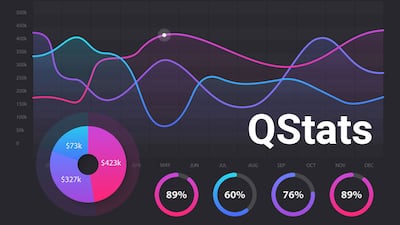Key Takeaways
Durability and Efficiency Advantages: Circular RNA (circRNA) has a significantly longer half-life and higher protein output compared to linear RNA. Technologies like Circio's circVec platform extend protein expression duration to "months or years," offering transformative potential for durable gene therapies and vaccines.
Competitive and Collaborative Landscape: Investment in circRNA therapeutics has surged, with notable deals like Orna Therapeutics' $3.5bn agreement with Merck & Co. Companies like Circio are differentiating themselves through strategic partnerships for optimized delivery systems, aiming to enhance efficacy and reduce dosing-related toxicity.
Future Potential and Market Readiness: CircRNA could replace linear RNA as the industry gold standard due to its stability, cost-effectiveness, and enhanced immune response. However, funding and clinical validation remain key challenges, with Circio aiming for lead candidate selection in the next 18 months while actively seeking partnerships to accelerate growth.
The reason Erik Wiklund can so clearly recall the evolution of the science of circular RNA is that he was there from the outset.
“In the late 2000s, during my PhD work in molecular biology, Thomas Hansen and I stumbled upon an unusual microRNA, and through a series of surprising experiments and controls that...
Read the full article – start your free trial today!
Join thousands of industry professionals who rely on In Vivo for daily insights
- Start your 7-day free trial
- Explore trusted news, analysis, and insights
- Access comprehensive global coverage
- Enjoy instant access – no credit card required
Already a subscriber?








